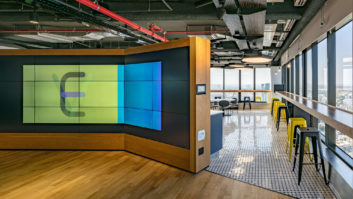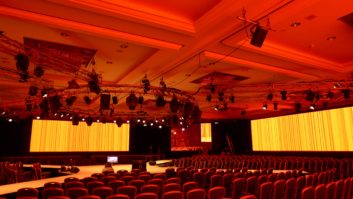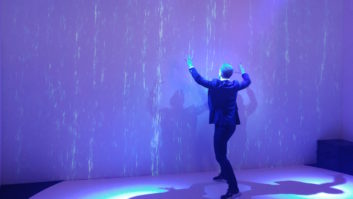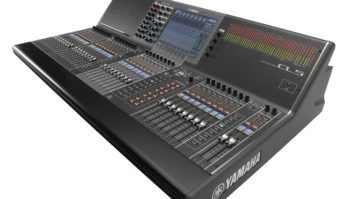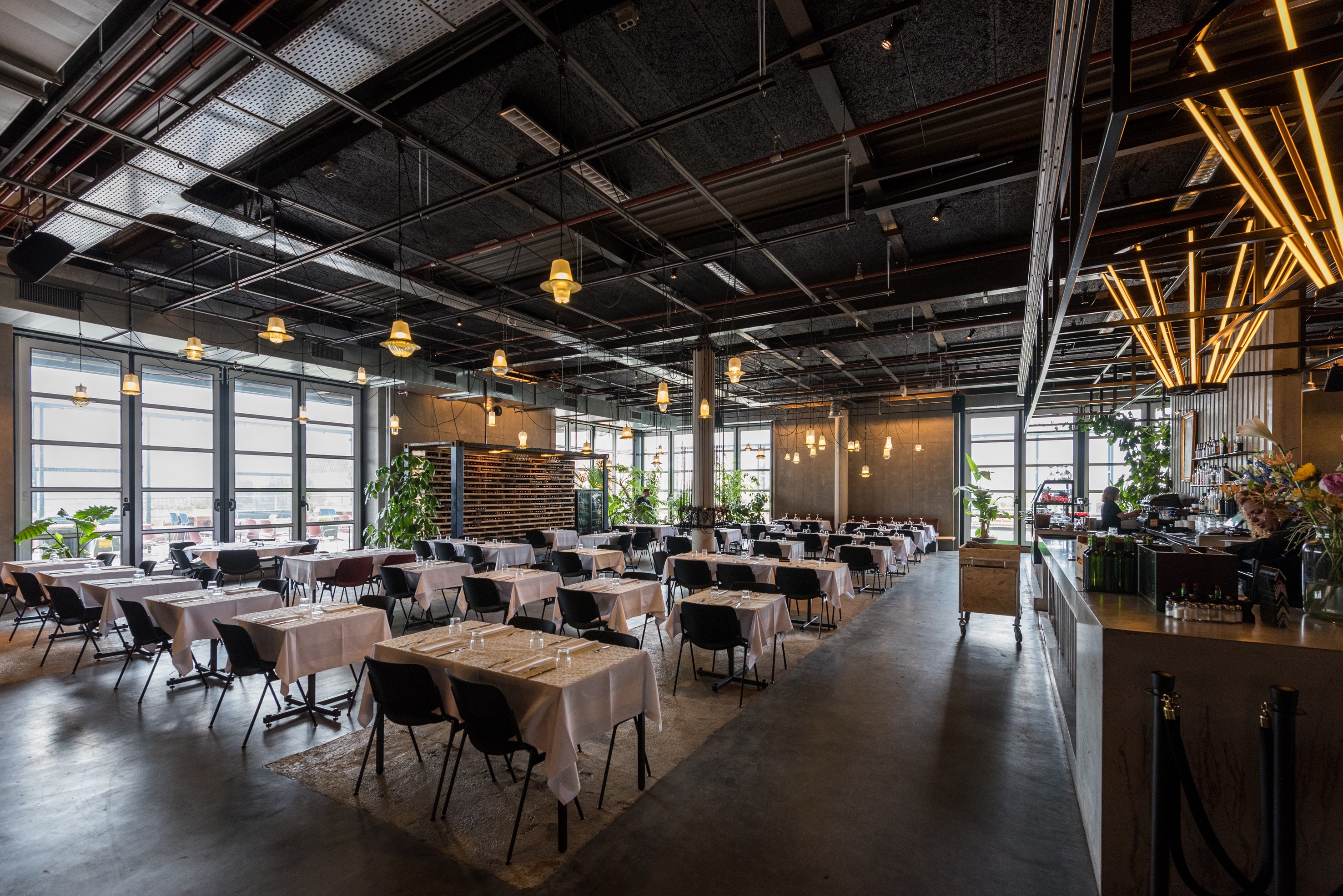
In the first part of our look at audio networking we provided an overview of the current state of the art. Here Phil Ward considers how the success of Dante has affected the rest of the market.
The most significant recent improvements to Dante’s technology include Dante Domain Manager, an IT-savvy security hierarchy that counters the very plug-and-play ease of access that Dante has forged; the ability to cross more subnets across larger installations; and an end-to-end PCB called the Dante Analogue Output Module for very simple OEM deployments.
For Riedel’s part, Dante compatibility satisfies demand but, not being an open standard, potentially lacks the flexibility Riedel’s customers usually require. “We work in a field where the products must respond to the individual needs of customers,” states Karsten Konrad, product manager at Riedel Communications. “They request special features all the time, so protocols must be augmented with additional product features. Dante simplified networking at a time when few people knew how to do it, but now we have customers who want standards-based networking.”
AVB has satisfied Riedel’s requirements very well in this regard, even if its hardware demands are more complex. “AES67 is still evolving,” continues Konrad, “and while we support AVB we’re focusing on AES67 as part of the AIMS [Alliance for IP Media Solutions] roadmap.”
Konrad’s aim for Riedel products is to make both connection and configuration a lot easier – a more ‘plug-and-play’ landscape. In this sense Dante’s innovations are influencing the rest of the market, as Konrad acknowledges. “Dante split the system configuration from the networking set-up, a big contribution to the way networked systems can be developed,” he says. “Dante also gives Riedel a strong route into the markets of installed AV.”
Meanwhile Dante has almost entirely replaced EtherSound and CobraNet within the Yamaha portfolio, with other protocols such as AVB included via Mini-YGDAI cards for compatibility with AVB-equipped products such as Revolabs’ Executive Elite conference microphones and Meyer Sound’s Galileo Galaxy speaker processors. Ron Bakker, systems marketing manager at Yamaha Commercial Audio Europe, approves of AES67 and AES70 but recognises the greater difficulties of ‘MIDI-fying’ the control of pro audio and AV devices as opposed to the relatively small world of synths and sequencers.
“With MIDI, the market size was overseeable,” he says, “with just a few brands selling in the millions – as opposed to the billions of pro audio. The stakes are much higher and the agendas are much bigger. The number of applications dwarfs the use of MIDI, which was only for music sequencing.”
The conditions for Dante’s success, Bakker points out, were reflected in the Yamaha Commercial Audio Training Seminars (YCATS) curriculum even from 2008, when networking was introduced. “Our trainers in Europe became go-to guys for advice, and it trickled down from touring – using digital mixing consoles in networks – to installation. The same engineers were operating live sound systems and specifying commercial installations, while theatre and concert hall system designers also built conference facilities and other commercial applications. Step by step, it just happened.”
Networking increases supply and demand, symbiotically. “Once we would have given a basic space one or two 100V zones; now we’re only satisfied with eight or 10 zones,” Bakker adds. “More zones equals more products, and in that functional requirement networking is the solution.”
Obvious, it may seem, but it exposes the risks attached to obstructing open exchange: once networking can be taken for granted, everyone will sell more products. Some say it can be taken for granted already, but some level of strategy is still required.
Peavey may have been the very first to adopt Dante in the installed world, but there are now many more viable options out there. As at Riedel, there’s a feeling at Peavey that customers need more control over source code, but in doing so will embark on a networking solution without the clear support that Audinate offers.
“It’s like starting your own business or being an employee,” says James Kennedy, operations manager, PCA at Peavey Electronics. “You can take the risks and build freely, or rely on a given package. Certainly, Dante is easier: that’s why RH Consulting’s research [found it has] 85% of the market. But there’s a reason why some manufacturers develop their own protocols to provide more control – with AES67 compliance, so you can get to Dante if you need to. And it’s the same reason we’re constantly improving MediaMatrix.”
Indeed: NION’s Dante Legacy Module (DLM) card will soon be replaced by something called the Dante Brooklyn Adaptor Module (DBAM) – making it compatible with the Dante Brooklyn II module and all the advantages of Dante Domain Manager, AES67 streams, device lock and more. “AES67 works,” adds Kennedy, “but it’s a bit of a fiddle to configure well. Until somebody writes some very clever software to bridge the gaps seamlessly with one click, we’re still adding time and expense.”
In the final part, we consider how audio and video will interact




